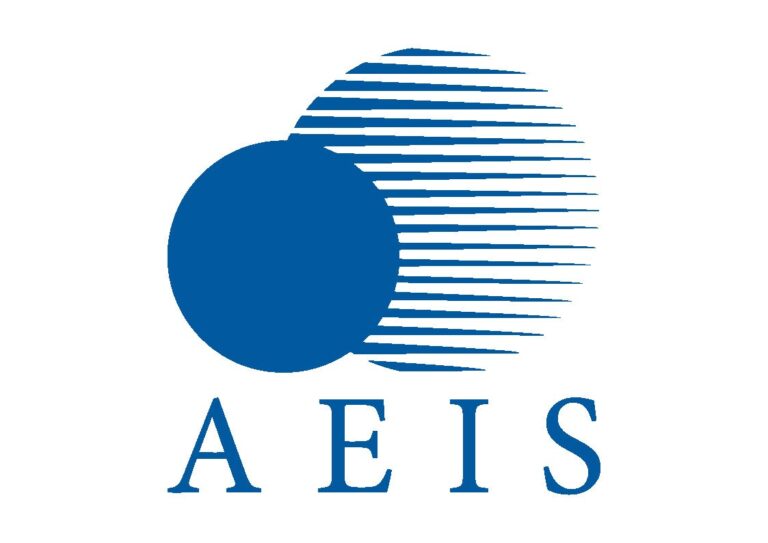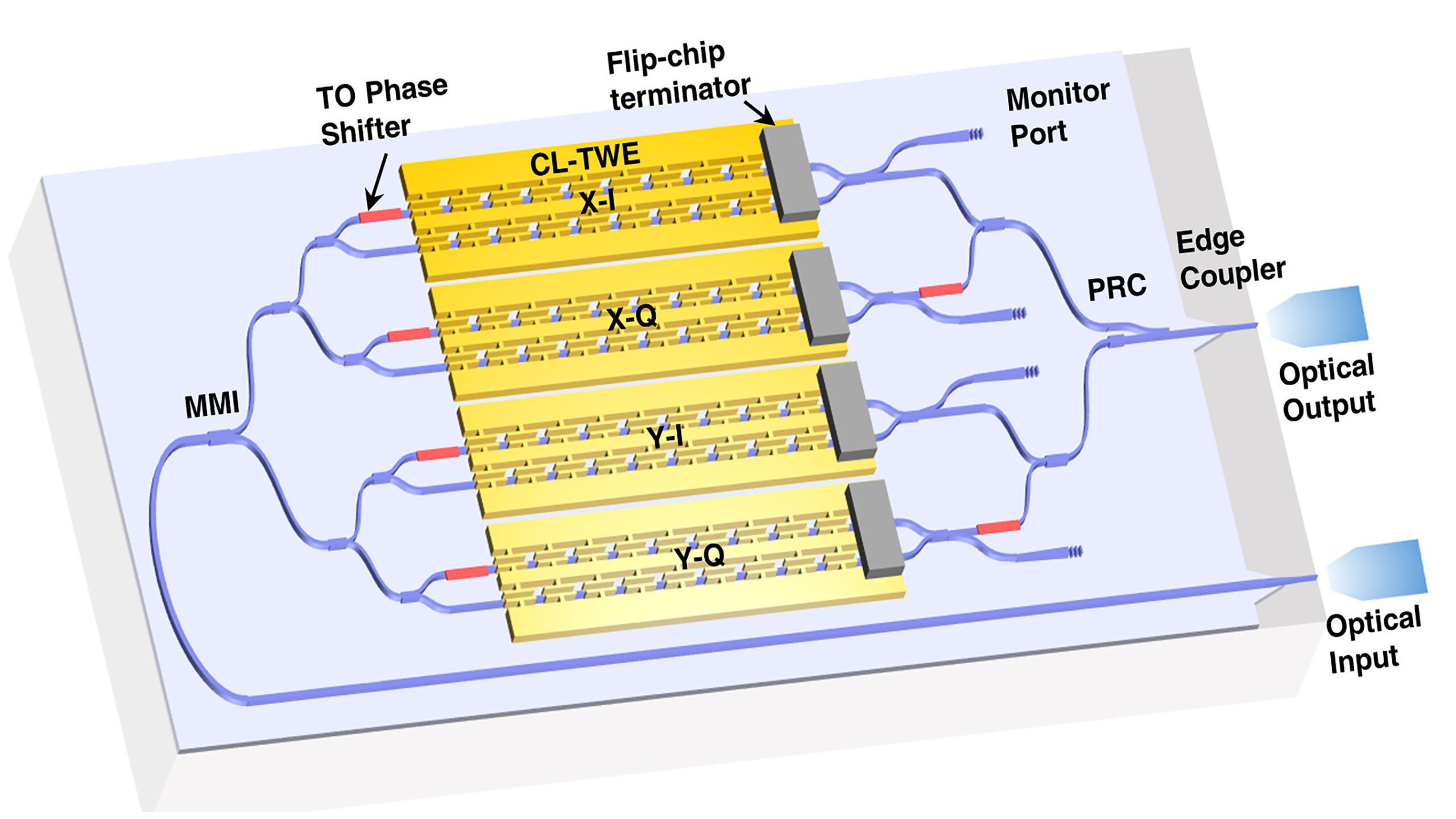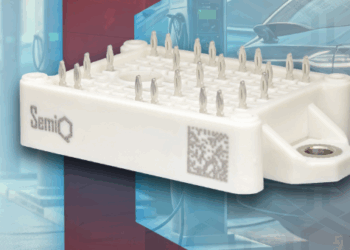Optical networks are critical for worldwide communication serving as the backbones of the internet, connecting people and businesses across the planet through fiberoptic cables. Over the last decade, coherent optical transmission technology has been the key enabler for increasing the capacity of optical networks.
The most important components of this transmission technology are the coherent optical modulators on the transmitter side. As the information encoding engines for optical networks, the modulators directly define the performance of the overall system. Optimizing these communication building blocks is an essential task as the demand for fiberoptic capacity continues to increase.
Xinlun Cai, of Sun Yat-sen University, led a team that designed and fabricated a thin-film lithium niobate (TFLN) dual polarization in-phase and quadrature (DP-IQ) modulator, which sets new world records in four performance metrics: half-wave voltage, modulation bandwidth, insertion loss, and single wavelength net bitrate. Cai will present his findings during a session at the Optical Fiber Communication Conference and Exhibition (OFC) on Thursday, 10 March 8:30-8:45 at the San Diego Convention Center.
DP-IQ modulators are favored in long-haul optical links because they provide the most efficient modulation by imparting information on three degrees of freedom of the light wave (polarization, amplitude, and phase).
“DP-IQ modulators provide access to the full amplitude-phase complex plane for data encoding and also two orthogonal polarization states,” said Cai. “Therefore, they offer an integrated transmitter solution for advanced multi-state modulation formats and polarization-division multiplexing, which are the two underpinning technologies for digital coherent transmission systems.”
Legacy lithium niobate DP-IQ designs, despite their market dominance, are typically bulky and power-consuming, which limits their applications in next-generation optical networks. Other materials, such as silicon or indium phosphide, can result in compact designs. However, they often suffer from cross-modulation between the phase and amplitude dimensions and nonlinear responses, so they are less than ideal in terms of performance.
The newly emergent TFLN material brings new life to lithium niobate technology. The thin-film aspect of TFLN ensures a high-index contrast waveguide, significantly reducing the size of lithium niobate modulators and simultaneously allowing for much improved half-wave voltage and modulation bandwidth. It maintains the excellent characteristics of lithium niobate, i.e., no amplitude-phase cross-modulation.
“In this way, we can combine all the benefits of lithium niobate with strong optical confinement, which results in very high-performance and compact optical modulators,” said Cai.
The modulation bandwidth, half-wave voltage, and footprint of DP-IQ modulators impact the transmission data rate, the power consumption, and the size of an optical transmitter. Improving just one of these modulator parameters is difficult, but to achieve comprehensive improvements on all fronts requires revolutionary technology.
“The ‘Holy Grail’ of optical modulator research is to make an optical modulator with ultrahigh bandwidth greater than 100 gigahertz and ultralow half-wave voltage of less than 1 volt,” said Cai. “By harnessing the TFLN, we successfully demonstrate an optical modulator with bandwidth greater than 110 GHz and a half-wave voltage of 1 V. These are the new benchmarks for optical modulator research.”
Such a device could be driven directly by complementary metal oxide semiconductor circuits, thus eliminating expensive and power-hungry driver amplifiers to significantly reduce cost and power consumption.
Looking forward, the team plans to make the device footprint even smaller. They want to make the devices in a semiconductor foundry, which would be a milestone for real industry application.
“I believe the TFLN platform has a bright future, and it should bring a paradigm shift for photonic integrated circuits,” said Cai.









